PILLARs
Owning an Education
Chip Denton
We have just had the pleasure and benefit of spending a week with Eve Anderson, formerly headmistress of Eton End, a Charlotte Mason school in England, and now a visitor to a handful of schools on this side of the Pond. Miss Anderson spent a day with our teachers, several hours with parents, and four days circulating through our classes demonstrating and observing.
Charlotte Mason’s ideas on education are fascinating and provocative, especially to those seeking to build schools which are true to our Christian faith and the nature of the little persons who drive up in the carline each morning with bright faces and hungry minds. But it has to be admitted that her educational vision is not particularly accessible to Americans today. She lived a century ago, and the account of her educational philosophy is encoded in six fairly thick volumes written in a late Victorian voice, making reference to lots of Romantic thinkers. There are popular résumés of her work, such as Susan Schaefer Macaulay’s For the Children’s Sake, but we at Trinity have felt a need for a practical demonstration of Mason’s methods in a school setting like our own. What a treat, then, to have a practitioner like Eve Anderson come for a sort of Charlotte Mason Show-and-Tell.
Three activities or methods were the focus of Eve Anderson’s work with us: narration, picture study, and nature study. This is not the place to say much about any of these, but a brief description is in order.
- Narration: Students listen once, carefully, to a vivid and expert account of some field of knowledge (story, history, biblical account, scientific discovery, mathematical concept, musical theory) and then “tell it back” immediately, either orally or in writing.
- Picture Study: Students study a great work of art in a reproduced miniature and a larger poster up front; then, without looking at the picture, they describe it to the teacher in detail, each student contributing something to the fullest possible recollection of the masterpiece in their minds.
- Nature Study: Students are guided on a walk to select some object from nature (a flower, a pine cone, a leaf) and then reproduce that thing in a nature notebook, using dry brush technique with water colors, making their best efforts to get the shape and color right. They may also add written notes about their observations. It is easy to see how different these three activities are. Narration is all about symbols which are words. Picture studies are about a different sort of symbol. And nature studies take as their material the raw, uninterpreted stuff of the created world.
Narration can be done daily, efficiently, in almost every class. A nature study is much more time consuming, requiring special equipment and more than an hour to do right. Narration and picture studies can be assessed later, in a sort of narrative exam; picture studies are themselves the assessment of the students’ knowledge.
In spite of all these differences, however, it is the sameness of these three that impresses me. Note, first, the position of the teacher and the student in all three of these activities. The teacher is no lecturer, no expert, no entertainer. The teacher stands back (Mason called this “masterly inactivity”) and allows the student to interact directly with the book or the thing. This is only fitting, for “the children, not the teachers, are the responsible persons; they do the work [of education] by self-effort” (Mason, A Philosophy of Education, 241). Secondly, knowledge acquired through these methods is not knowing for knowing’s sake, but rather a sort of growing. The student internalizes the book or the thing. It becomes her own story, his own flower. Eve Anderson, brought up on this sort of education, shared her experience of visiting art galleries and finding pictures she’d studied as a young girl—“old friends,” she called them.
In a passage I can’t now, for the life of me, locate, Charlotte Mason speaks of this sort of learning as taking knowledge into the inner sanctum of our minds. We all know, from experience, that our minds have outer and inner courts. Someone introduces himself to us and his names flits around in the outer court of our minds, only to fly away soon after we part. But there are things we know—good and bad—that we will never forget. Narration gives the student the opportunity of ushering Samson or Bilbo or Pascal into the inner court. Similarly, picture studies and nature studies bring things behind the veil and establish a relationship, an intimacy, that can last a lifetime.
All of this reminds me of something Paul says in his letter to the Romans:
If you confess with your mouth, “Jesus is Lord,” and believe in your heart that God raised him from the dead, you will be saved. For it is with your heart that you believe and are justified, and it is with your mouth that you confess and are saved.
Romans (10:9-10)
The precious things of life—even of life eternal—become ours when somehow they make their way into the inner sanctum of our being, what Paul calls the “heart.” The way to the human heart is a labyrinth and a mystery, and only the Spirit of God can lay a guiding thread to the center. But this much we are told and we know: that the words we utter, the stories we retell, the pictures we paint, the professions we make are the ways that we make our own that which is really worth having.
© 2020, Trinity School of Durham and Chapel Hill, Durham, North Carolina.

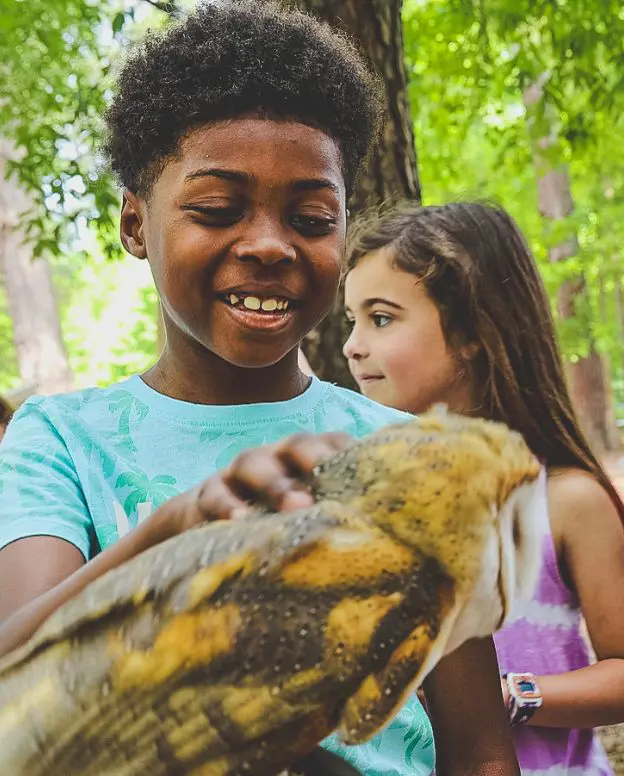
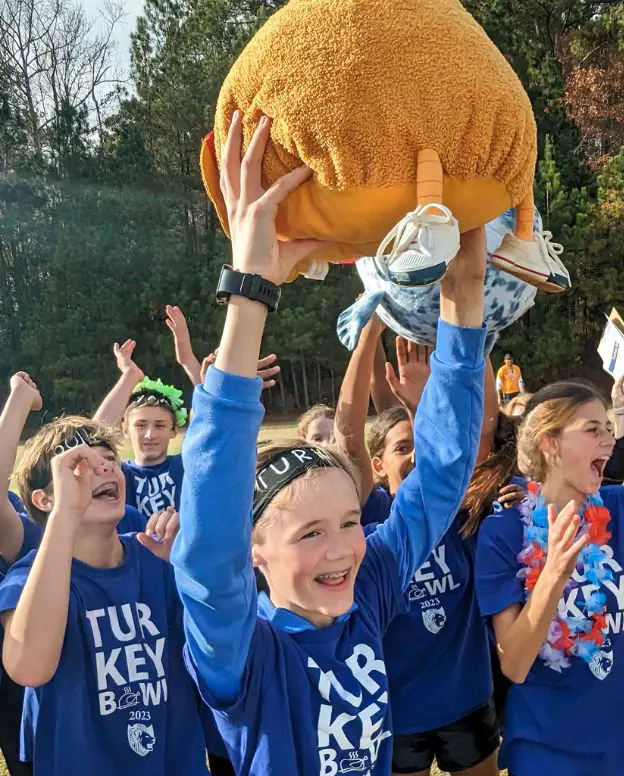
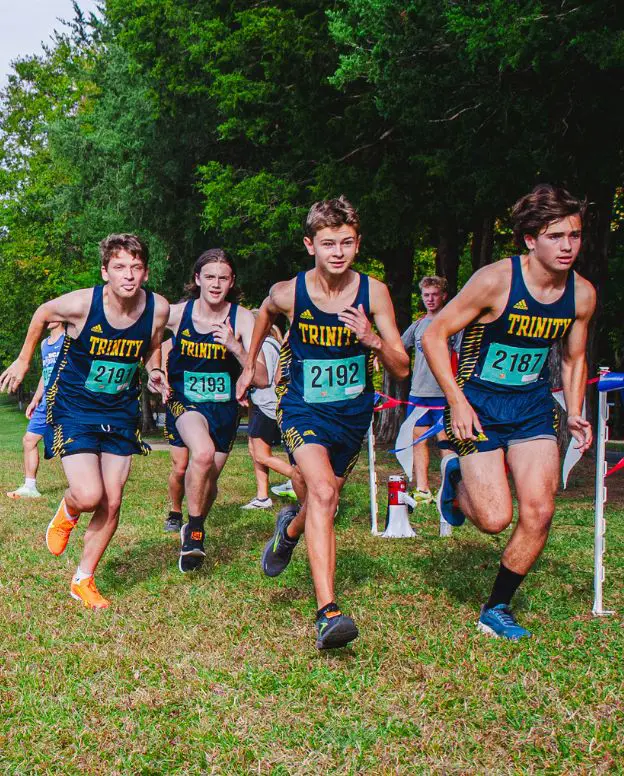
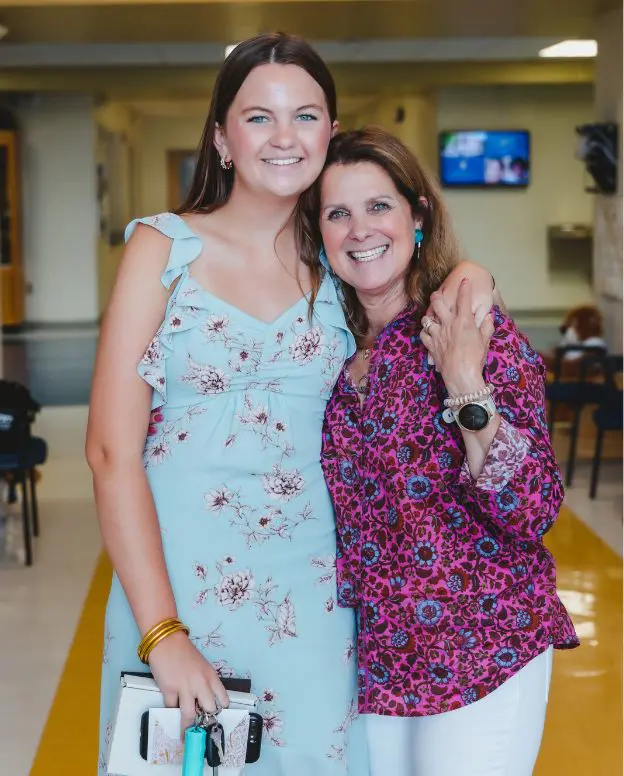
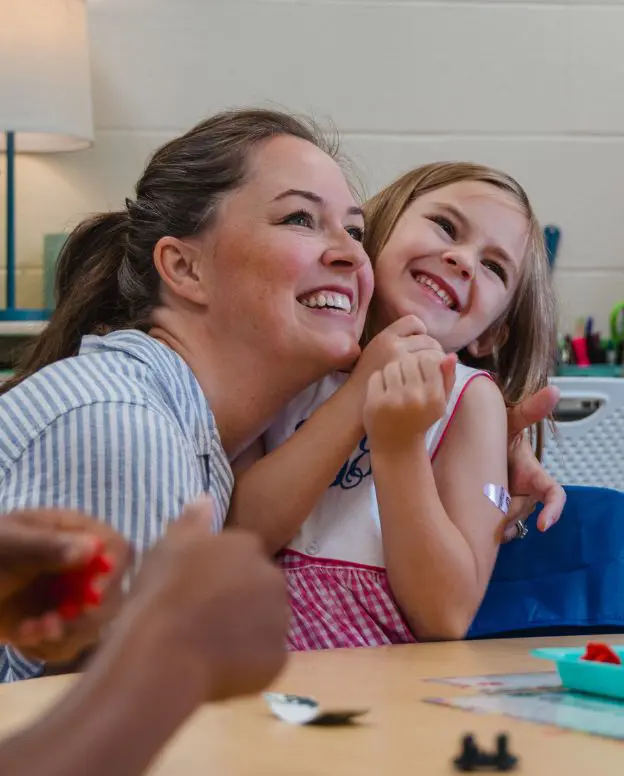
-1022.jpg_1022.jpg?version=638514633012870000)